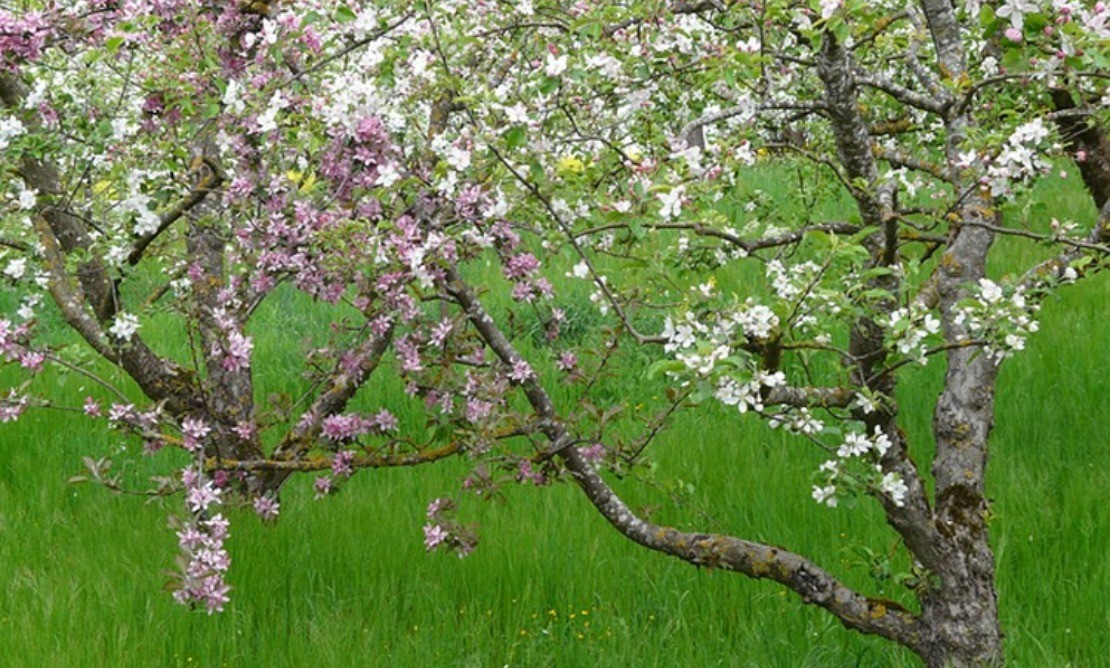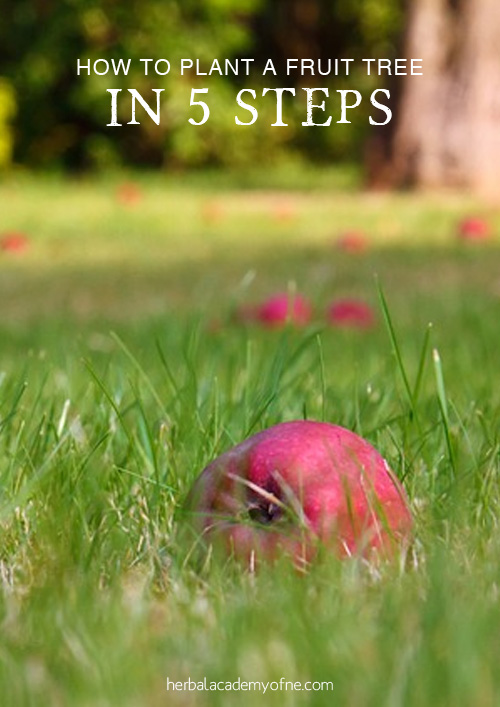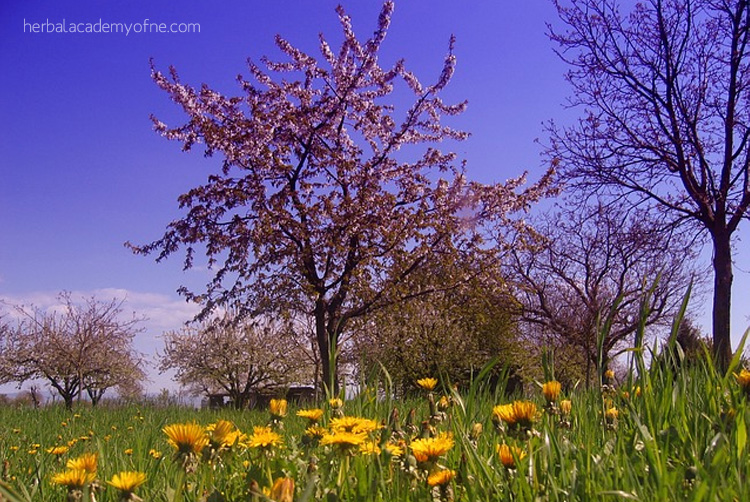
Planting Fruit Trees in the Fall
In some areas of the country, fall is the best season for planting fruit trees. While it seems like planting fruit trees would be a complicated endeavor, using this simple planting process will set you up for success.
Why Add Fruit Trees to your Garden?
Growing apple or cherry trees, for example, can produce high yields with very little maintenance. Budget conscious? Fruit is a high value crop, and the taste of fresh-picked fruit can’t be denied.
Why Plant Fruit Trees in the Fall?
You’ll be glad to know that fall is actually a better time to plant fruit trees in climates with hot summers and ground that doesn’t freeze until December or later.
Summer heat and dry weather can be taxing to a newly planted tree. In a hot climate, summer-planted trees need more water to get established, and rarely get enough to establish a strong root system.
On the other hand, a fall planting of fruit trees follows the natural growth cycle of the tree. During the fall and winter, a tree draws into a dormant stage, and it’s far better to transplant a tree during this stage.
The cooler fall weather offers a reprieve from high temperatures, requiring far less water, and allows just enough time for roots to get established before the colder days of winter set in.

How To Plant A Fruit Tree in 5 Steps
Once you’ve chosen a variety of fruit tree that is appropriate for your USDA hardiness zone, and selected a planting site that is sufficient for the size of the mature tree, you’re ready to plant.
1. Dig a Hole and Add Compost:
Dig a hole twice as wide and deep as the roots of the tree. Mix the removed soil with an equal amount of compost soil, breaking up any clumps.
2. Place the Tree
For this step, it’s helpful to have two people. Hold the tree in place at soil level while fanning the roots out like an umbrella. Make sure the trunk of the tree is straight. Another person backfills the hole with soil, building a solid foundation underneath the crown. Cover all roots, and ensure the graft union is above soil level. Lightly tamp down the soil with your foot to remove any air pockets.
3. Prune and Water
Cut the tree back by one-third of its total growth. It might seem harsh, but this will actually encourage more prolific growth in the springtime. Also prune any dead branches and water the tree in well. When using your water spigot, a good rule is 8 minutes of soaking.
4. Mulch
Measure a circle around the tree, marking the expected mature width using sticks or flags. This perimeter is called the drip line. The roots of the tree will eventually extend to this point, and perhaps even farther. Because of this, you will increase success by improving the health of the soil inside this circle. For a weed blocker, spread cardboard under the tree, overlapping the ends so the ground is thoroughly covered.
Next, choose your mulch.
Wood Chips: Cover the cardboard with as much as 12 inches of wood chips, keeping them away from the trunk of the tree.
As the chips break down, they’ll feed the future tree roots, encouraging fungal networks to form (which love decaying wood). Fungal networks form beneficial relationships with tree roots, sharing nutrients and water, and deterring pests and diseases.
Clover: Cover the cardboard with as much as 12 inches of compost soil, keeping it away from the trunk of the tree. Evenly sprinkle white clover seeds over the soil and water deeply. As the clover grows, it will become a permanent living ground cover.
Note: White clover is best sown in August/September. If you’ve missed this window, then it’s perfectly fine to wait until spring, after the danger of frost has passed.
Why white clover? It is popularly used in orchards as a continuous, nitrogen fertilizer, and attracts pollinators, too!

5. Support Plants
There are many plant species that can support the health of your fruit trees. Support species offer natural fertilizer, attract pollinators, deter pests, and/or attract beneficial insects. I like to choose plants that provide more than one benefit.
Here are two of my favorites.
Dandelion is considered a weed by many. But did you know dandelions fertilize the ground with important nutrients as they grow and die back? The flowers attract pollinators, leading to better fruit set, while the foliage provides shelter for beneficial insects. And we can’t ignore dandelion’s benefits for humans.
German Chamomile is often recognized for its medicinal benefits to humans. But it can also fertilize the ground with important nutrients, and provide early season nectar for busy pollinators. Luckily, chamomile’s pretty flowers don’t suffer the same negative reputation as the dandelion.
Note: Plant dandelion and chamomile from seed in the spring, after danger of frost has passed.
How you plant these support plants will depend on whether you used wood chips or clover as the mulch.
If you mulched your trees with wood chips, make four holes in the wood chips about 18 inches in diameter, one on each side of the tree. Fill the holes with compost soil, and sprinkle both chamomile and dandelion seeds together. Water deeply.
If you mulched your trees with soil and clover, then lightly sprinkle dandelion and chamomile seeds throughout the same area.
A light layer of straw will protect the seeds until they germinate. Water deeply.
Adding mulch and support plants may seem like a lot of additional work, but the result will be a more vigorous and healthy fruit tree.
Tell us, are you planting fruit trees this fall? Which fruits will you plant?







